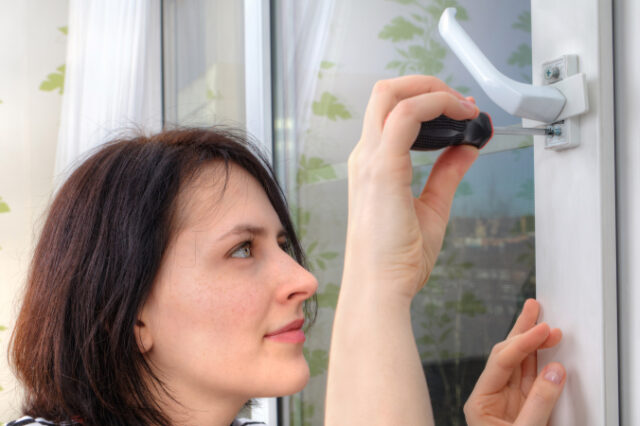
You might not be shocked to find that men dominate the Locksmith Industry. In actuality, just 10-15% of working locksmiths are female. Since there are no visible barriers preventing more women from working in this field, it is important to understand why this is.
The Locksmith Industry
The locksmith industry is involved in installing, repairing, and adjusting locks, security devices and vaults. They also sell locking devices and key control systems. Over the next five years, revenue for the Locksmiths industry is expected to increase at an annualized rate of 3.5% to a total of $2.8 billion. In 2021 alone, revenue for the industry is anticipated to grow by 4.4%.
Locksmith services are categorized into 4 types; residential, commercial, emergency, and automotive. For instance, if you’ve misplaced your house key, wish to enhance your security system, locked your keys in the car, or are in an emergency situation like locking yourself out of your car or house, you can call a locksmith.
Demographics
- There are over 12,763 locksmiths currently employed in the United States, of which 10.9% of all locksmiths are women, while 89.1% are men.
- Like many other industries, the locksmith profession has a pay disparity for women. For every dollar made by men, women make 81.
- The proportion of qualified master female locksmiths fell from 9.68% in 2010 to 8.33% in 2019.
According to Career Explorer, there are 3.57 men for every 1 woman that is interested in becoming locksmiths. In contrast, if we discuss gender bias, more women are considering careers as locksmiths than those who already have such a position. Then why is there such a big gap in a male-dominated field like locksmithing?
Why Aren’t More Women In The Locksmith Profession?
Insufficient job flexibility
For many women, especially those who have families and kids, choosing a profession includes assessing the perceived advantages and disadvantages of family life. Female-dominated occupations tend to attract more women because they offer the flexibility needed to balance work and family obligations.
Women are more likely to change their career aspirations away from sectors with a male majority as those fields are associated with a lack of flexibility.
Gender Issues
Researchers also believe that lack of confidence is a factor in the lack of female locksmiths. Gender differences in ability self-concept result in variations in future achievement-related actions. In addition, women frequently underrate their ability for technology or physical science, which ultimately makes a trade or field overwhelmingly male.
Societal Norms
Women nevertheless confront a number of obstacles, all of which are caused by societal conventions, even if they chose a male-dominated profession. Furthermore, in fields where men dominate, women are frequently not treated with the same respect as men. Due to the perception that women, particularly mothers, are less career-focused than males, they are not afforded the same possibilities.
Breaking The Norm
Despite the challenges, many women are breaking the norm and treating the profession as a trade rather than a hobby. Chyan Smith, a 29-year-old, left her medical receptionist job and became a self-employed locksmith a few months later. She was looking for a creative, hands-on, flexible, service-oriented, well-paying job, and that’s exactly what she got!
According to Smith, “everybody should be an entrepreneur in one way or another because multiple streams of income are really the route to go.” She comfortably earns $100-$300 per job and believes if someone is dedicated, they can easily earn $35,000 to $50,000 a year as a self-employed locksmith.
No occupation or trade has to be totally male or female-dominant. Social norms have created a gender bias deeply integrated into the profession’s culture and it will take more than just one example to alter the demographics of an industry.












